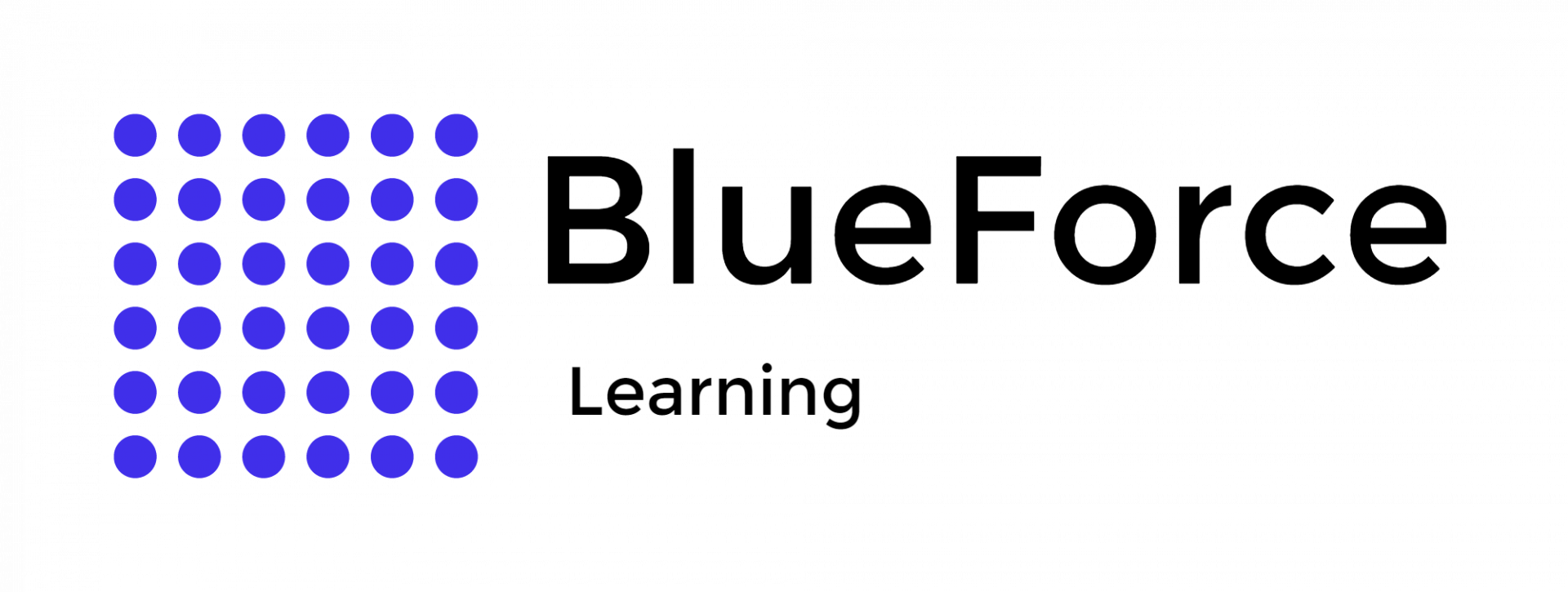Dec 13
Geofence Warrants - A Solution When Traditional Methods Fail
In the contemporary world, the nature of crimes continuously changes and evolves. This phenomenon requires advanced data-driven policing strategies to investigate key suspects, close cases, and reduce crimes effectively. In this regard, geofence warrants are an effective law enforcement tool sufficient when traditional methods fail to fight crime efficiently.
How Can Geofence Warrants Help Law Enforcement When Traditional Methods Are Insufficient?
Historically, law enforcement investigations heavily relied on tangible evidence - which includes footprints, fingerprints, eyewitness accounts, surveillance footage, and others. While these traditional methods of investigation still have essential value, they might sometimes become insufficient when no leads are available. In such cases, geofence warrants can support police departments in solving and reducing crimes.
This is possible because they allow officers to identify a specific geographic region and timeframe. They can gather anonymized data on electronic devices in the defined space and timeline. Subsequently, law enforcement officers can narrow down a list of key persons of interest - suspects or witnesses - and request the tech company to provide identifiers for those persons only.
When law enforcement officers receive the list of identifiers, they can further analyze and cross-reference the data to identify and follow significant leads and close the case.
This is possible because they allow officers to identify a specific geographic region and timeframe. They can gather anonymized data on electronic devices in the defined space and timeline. Subsequently, law enforcement officers can narrow down a list of key persons of interest - suspects or witnesses - and request the tech company to provide identifiers for those persons only.
When law enforcement officers receive the list of identifiers, they can further analyze and cross-reference the data to identify and follow significant leads and close the case.
Case Study - Solving a Murder Case With Google Geofence Warrant
On March 1, 2019, Abdalla Thabet, a 38-year-old manager of gas stations, was fatally shot after collecting money from the businesses he managed. He drove to a Bank of America branch in Paramount, where two cars approached him. One car's driver shot Thabet, and the other driver took his backpack filled with cash.
Surveillance footage revealed that the suspect cars had previously been at locations where Thabet had collected money. However, the Los Angeles County sheriff’s investigators could not pinpoint the drivers from the surveillance footage alone - a traditional method.
Therefore, they sought judicial permission to compel Google via a Google geofence warrant to provide a list of devices near the bank and the five locations Thabet had visited before the incident. Google reviewed and complied with their request. It examined its extensive SensorVault database to find devices near the crime using apps or software that collected location data.
Initially, the list of devices was extensive. Therefore, the investigators narrowed down their search to devices that had been at two or more of the specific locations. Google worked with this approach and eventually identified eight devices that fit this criteria.
Out of these devices, two devices had been present at four of the locations.
Using this refined data, investigators identified two individuals as the primary suspects in the murder case. They were subsequently charged with the attack on Thabet. The use of the geofence warrant played a pivotal role in the identification and prosecution of the suspects.
This case study effectively showcases The Role Of Geofence Warrants In Modern Law Enforcement and how they can solve complex cases where traditional methods might be insufficient. Therefore, it is essential for law enforcement professionals to continually update their understanding and skills to use these digital tools ethically and efficiently.
Surveillance footage revealed that the suspect cars had previously been at locations where Thabet had collected money. However, the Los Angeles County sheriff’s investigators could not pinpoint the drivers from the surveillance footage alone - a traditional method.
Therefore, they sought judicial permission to compel Google via a Google geofence warrant to provide a list of devices near the bank and the five locations Thabet had visited before the incident. Google reviewed and complied with their request. It examined its extensive SensorVault database to find devices near the crime using apps or software that collected location data.
Initially, the list of devices was extensive. Therefore, the investigators narrowed down their search to devices that had been at two or more of the specific locations. Google worked with this approach and eventually identified eight devices that fit this criteria.
Out of these devices, two devices had been present at four of the locations.
Using this refined data, investigators identified two individuals as the primary suspects in the murder case. They were subsequently charged with the attack on Thabet. The use of the geofence warrant played a pivotal role in the identification and prosecution of the suspects.
This case study effectively showcases The Role Of Geofence Warrants In Modern Law Enforcement and how they can solve complex cases where traditional methods might be insufficient. Therefore, it is essential for law enforcement professionals to continually update their understanding and skills to use these digital tools ethically and efficiently.
Master the Efficient Use of Google Geofence Warrants Online
To effectively harness the power of thegeofence warrants in crime reduction, law enforcement professionals must understand the use and implications of the tool. Understanding its legal boundaries is crucial to ensuring that the privacy rights of individuals are not violated and that the correct analyses and interpretations are inferred from the received data.
BlueForce Learning is an online educational platform where law enforcement professionals can empower themselves with efficient, data-based skills. Our courses are designed by and for law enforcement officers to get advanced knowledge and hands-on practice with real-life examples.
Our Google location data course covers the role of Google geofence warrants, the steps to obtain them, and how to analyze the data gathered for effective law enforcement.
Get Law Enforcement Certifications online and master using Google geofence warrants to close cases and reduce crime effectively.
BlueForce Learning is an online educational platform where law enforcement professionals can empower themselves with efficient, data-based skills. Our courses are designed by and for law enforcement officers to get advanced knowledge and hands-on practice with real-life examples.
Our Google location data course covers the role of Google geofence warrants, the steps to obtain them, and how to analyze the data gathered for effective law enforcement.
Get Law Enforcement Certifications online and master using Google geofence warrants to close cases and reduce crime effectively.
FAQs
What is a geofence used by the police?
Geofence is a geographic area defined by the police in a geofence warrant in which a crime has occurred, and they want to identify key persons of interest in the timeframe and location of the crime.
How can a Google geofence warrant work beyond traditional methods?
A geofence warrant works beyond traditional methods because it can help law enforcement officers identify key persons of interest (witnesses and suspects) in cases with no available leads.
Where can I get a law enforcement certification for geofence warrants?
BlueForce Learning is an online skills-learning platform that offers the best data-based law enforcement certifications, including one to master the use of Google location data and geofence warrants to reduce crime.


